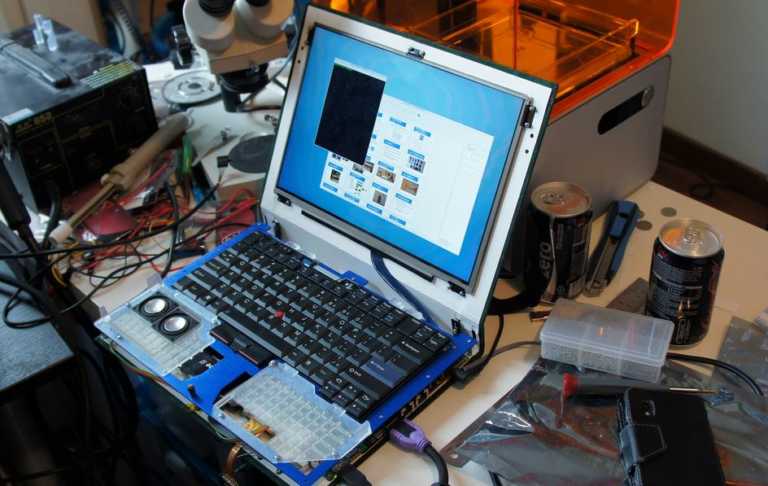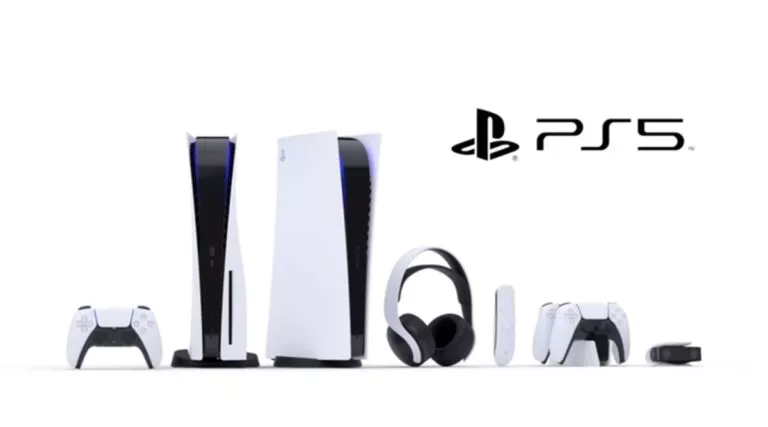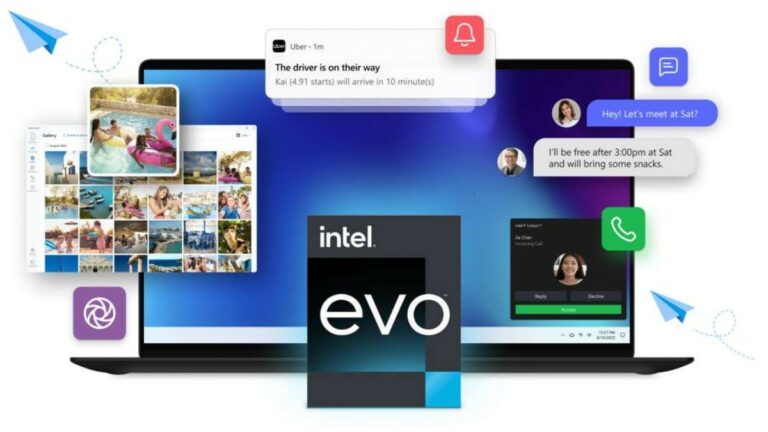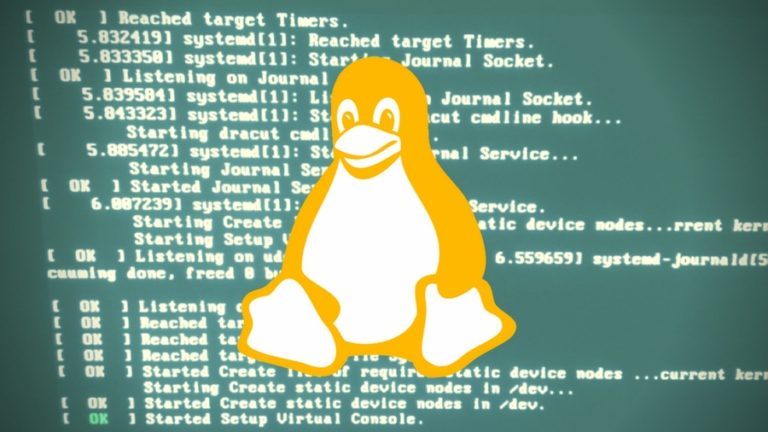Scientists Store A Computer OS, A Movie, And A Virus Inside DNA With 100% Accuracy

Short Bytes: Researchers are investing lots of effort into newer data storage techniques like DNA storage. Recently, a group of researchers discovered a way to fit the maximum amount of data in a DNA strand. They were able to read the data without any error. Interestingly, the six files stored on DNA included an operating system, a 1985 French film, a virus, etc.
To compete with the fast pace at which data is being produced, the researchers are busy exploring new methods to store data. Apart from storing tons of data on tiny USB drives, they’re working on more innovative methods like DNA storage. The biggest advantages of DNA storage are its high data storage density and long-lasting ability. Even tech giants like Microsoft are spending tons of money on such systems.Recently, the scientists from the Data Science Institute at Columbia University and the New York Genome Center published a new paper that showed how the DNA-based data storage technique can be used to store digital information like operating system, malware, or movie.
The scientists have announced that they have formulated a process to store data with 100% accuracy and 60% more efficiency as compared to the previous attempts.
How does this new DNA storage method work?
Yaniv Erlich, from California University and Dina Zielinski, from the New York Genome Center, looked for algorithms that were being used to encode and decode data. The files were converted into the binary strings of 1s and 0s. Then, they were compressed into one master file and the data was divided into short strings of binary code.
To randomly pick these short strings and reassemble them in proper order later, they developed an algorithm called DNA fountain. This was followed by the creation of DNA strands.
To decode the strands, the sequences were fed into a computer that translated it into binary and reassembled the original files. The files which were created after this process contained zero errors.
According to Erlich, they were able to “encode 1.6 bits of data per nucleotide, 60% better than any group had done before and 85% the theoretical limit.”
What are the future applications? What’s the cost?
In the current form, this DNA storage process is very costly and unsuitable for large-scale applications. The researchers had to spend $7000 to create the strands with 2MB data and another $2000 to read it.
However, with further refinement, the cost of the process is expected to reduce. Erlich says that it would take more than a decade to master this technology. “We are still in early days, but it also took magnetic media years of research and development before it became useful,” he adds.
Did you find this DNA-storage technique interesting? Don’t forget to share your views.
Also Read: Li-Ion Battery Inventor Creates Breakthrough Solid-State Battery, Holds 3X Charge







